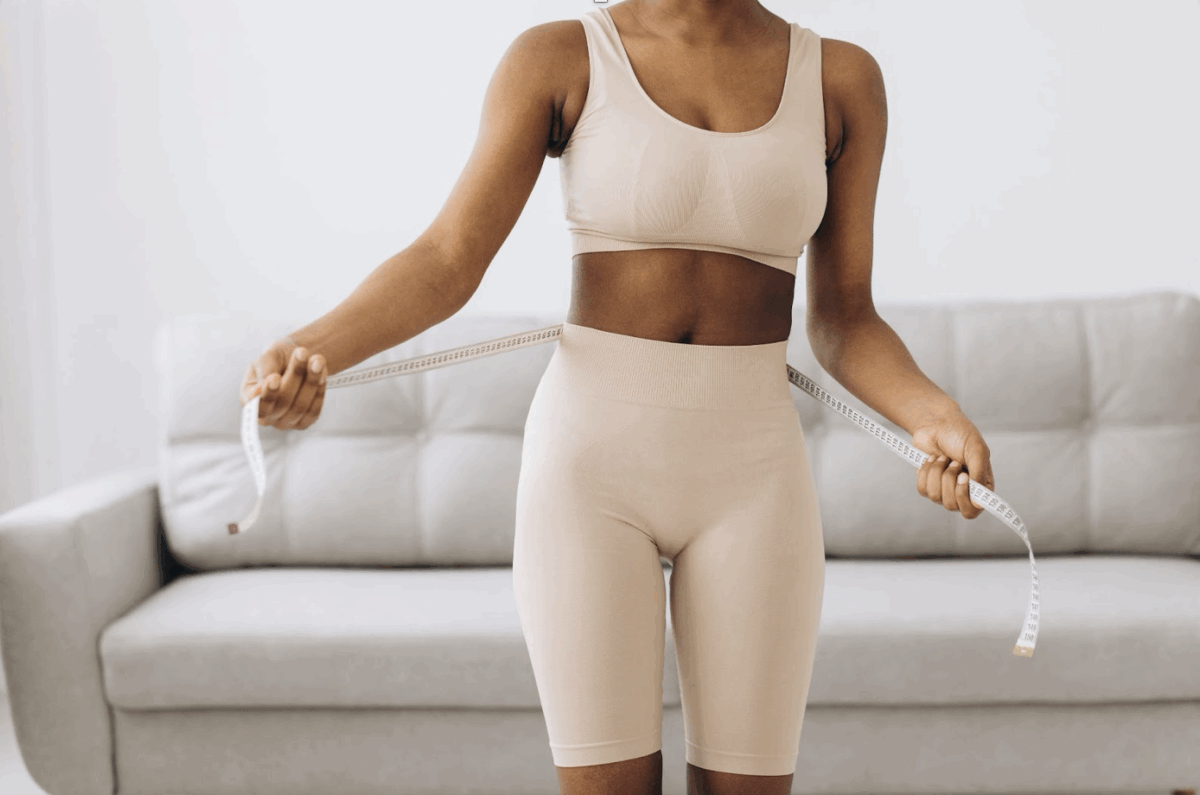- Shapewear enhances how fabrics fall and improves movement comfort
- Structured support offers better results than high-compression styles
- Modern materials focus on breathability, flexibility, and all-day wear
- Certain outfits like slip dresses and tailored pants benefit most from a smooth base
Wearing something that fits beautifully isn’t just about the size on the tag. It’s about how the fabric drapes, how you walk in it, and whether you’re adjusting it every ten minutes. The right shapewear changes how your clothes move with you, adding ease to your posture, line, and confidence. You might not even realise how much your outfit is being held back until you’ve worn one that’s been supported properly from underneath.
Shapewear isn’t just for special occasions anymore. It’s become a part of everyday dressing for people who want their clothes to feel as good as they look. That could mean better balance in your stride, less fabric clinging in the wrong places, or a smoother silhouette under softer knits. It’s not about transforming your shape—it’s about removing distractions and making each outfit work a little harder for you.
Why structure matters more than compression
People often assume shapewear is all about tightness, but that’s rarely the case anymore. Good design now focuses on structure—holding, not squeezing. The shift toward flexible support means garments are made to enhance movement, not restrict it. Breathable materials and subtle stitching patterns work together to give lift, definition, and control without cutting circulation or flattening everything into a single plane.
Structured shapewear utilises tension in the right places to gently guide your body, rather than binding it. This changes the way clothes behave. A dress that previously pulled oddly at the waist now falls more evenly. A blazer fits more smoothly across the back. Instead of fighting your outfit, you feel like it’s working with your natural lines. That small structural shift means you can move, sit, and stand without the usual adjustments or discomfort.
The comfort factor that makes all the difference
Even in cooler climates, traditional shapewear can make people feel sweaty and constricted. That’s where newer materials come in, offering stretch without suffocation. If you’ve ever wondered what is the best shapewear in Australia, chances are you’re also looking for something that doesn’t feel like a layer you want to rip off after an hour. Seamless shaping pieces with adaptive waistbands and moisture-wicking fabrics are becoming the standard, allowing you to wear form-fitting clothes without the discomfort that often comes with them. They blend with your outfit so you forget they’re even there—until you notice how much longer you can wear heels without adjusting your posture.
Lightweight support garments now offer flexibility around the hips and midsection while still keeping everything gently in place. Some even adjust as you move, responding to your body temperature or activity level. This kind of comfort means you don’t just look polished—you stay that way all day, without needing backup flats or outfit changes. It’s a low-effort upgrade that brings real relief.
Outfits that benefit most from supportive layers
While almost any outfit can benefit from a touch of shaping, some clothes respond particularly well to a more stable foundation. Soft, unstructured fabrics like silk or modal tend to show every seam and crease unless there’s something underneath to smooth things out. A slip dress that used to cling oddly at the sides now glides down more evenly. A wrap skirt stops shifting with every step. Supportive underlayers enable these fabrics to move as intended.
Fitted jumpsuits and tailored trousers also undergo significant changes when paired with shapewear underneath. Instead of adjusting waistbands or worrying about visible lines, you’re able to focus on fit and finish. It becomes easier to transition from sitting to standing, and the garment holds its shape longer between wears. These details might seem minor, but they can make or break an outfit—especially when you’re relying on minimal accessories or a clean silhouette.
Choosing support that suits your routine
Not every outfit requires the same type of support, and not every person desires the same feel. The key is to choose shapewear that responds to your routine, not just your wardrobe. If you’re commuting, sitting long hours, or constantly on the move, look for options that focus on comfort around the waist and thighs. These areas tend to bear the most pressure, especially if you’re layering shapewear under stiffer outerwear.
Some garments are now designed with zoned support, meaning different parts offer varying levels of hold. This lets you shape without stiffening, especially in pieces that need to flex throughout the day. For individuals who spend time standing—whether in heels or on hard floors—core and lower-back support can subtly enhance posture and alleviate fatigue. Instead of treating shapewear as a one-size-fits-all solution, tailoring it to your lifestyle yields a better result and a far more wearable experience.
Conclusion: When support becomes second nature
The best shapewear doesn’t draw attention to itself. It quietly supports the way you move, stand, and wear your clothes without adding bulk or discomfort. Over time, it stops feeling like a separate layer and starts to become part of the way you get dressed—just like choosing the right shoes or checking the weather. That subtle shift in comfort and ease has a bigger impact than you might expect. You’ll start reaching for outfits you used to avoid, walking with more balance, and feeling more in control of how your clothes behave. And that’s when you know it’s doing its job.

